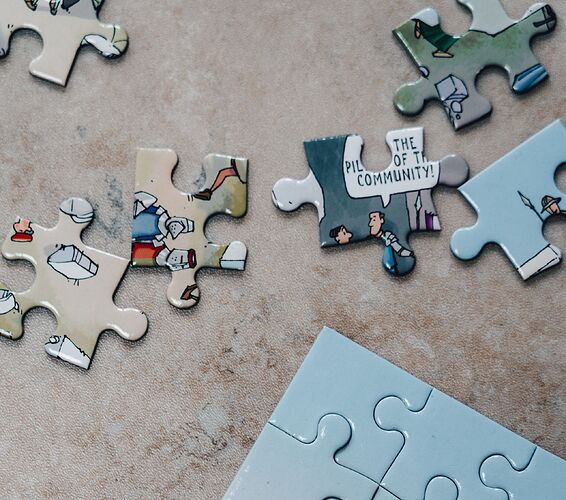We live in a world where more is more. People are cranking out more content, posting more to social media, watching more movies, eating more food… abundance is the name of the game, it would seem.
But… more doesn’t always mean better, especially when it comes to communities.
A lot of companies and students I work with are obsessed with quantity. We need more monthly visitors, more sign-ups, more engagement.
In many cases though, less is more – because less can mean more focus and more quality. Yikes, the less vs. more fight was strong in that sentence!
Let me give you an example.
Years ago I worked on a project where we grew a community of over 250 local groups. (That was before my wife and kiddo entered my life and I had considerably more hair and baggier trousers.) I spent months on the road touring around these groups.
I was largely disappointed. Most were driven by well-intentioned, lovely people, but the experience wasn’t great.
The meetings were poorly structured, the content was low quality or in some cases, completely absent. The venues were noisy and difficult to access and the meetings were peppered with awkward silences. Not all groups were like this, but far too many of them were.
I tried to fix it, but when the smoke is out of the box… the smoke is out of the box. We made some good inroads, but many of the groups still struggled along.
Next time around, I was determined that I wouldn’t make the same mistake.
My goal was to add structure, but just enough. I wanted to strike a balance between a total free for all and a TedX-type event with very clear, if somewhat excessive requirements.
So, we asked people to apply to run a group. They had to commit to:
- Running at least one meeting a month.
- Working with a co-organizer so we could reduce the bus factor.
- Having meetings with other organizers to grow and learn.
- Sharing their insights to build playbooks for running future events.
If they didn’t meet these requirements, they knew we would remove them as an organizer.
As you might imagine, we had significantly fewer groups, but when I visited them they were AWESOME. High quality, structured content, great discussion (and better snacks).
This flies in the face of more is more, and that is a good thing.
So, here’s the takeaway – think of your community like a ladder of influence. Make the barrier to entry low-to-non-existent. Welcome everyone.
For people in positions of influence in your community – the event organizers, the content creators, the moderators – remember that less is more, and be very clear about the level of quality that you expect.
You will get better results, more focused and collaborative members, and deliver a much better community experience.
Jono Bacon is a leading community strategy and execution consultant, author of People Powered, and creator of the FREE Community Ignition Workshop as well as the Community Experience Masterclass.
This is a companion discussion topic for the original entry at https://blog.discourse.org/2022/08/less-vs-more-the-battle-for-better-communities/
